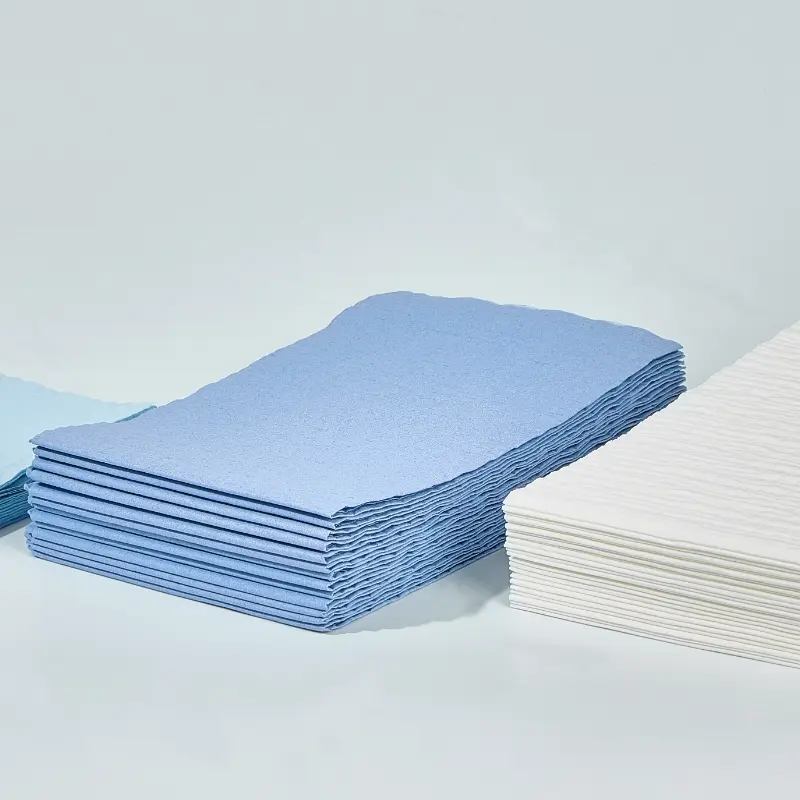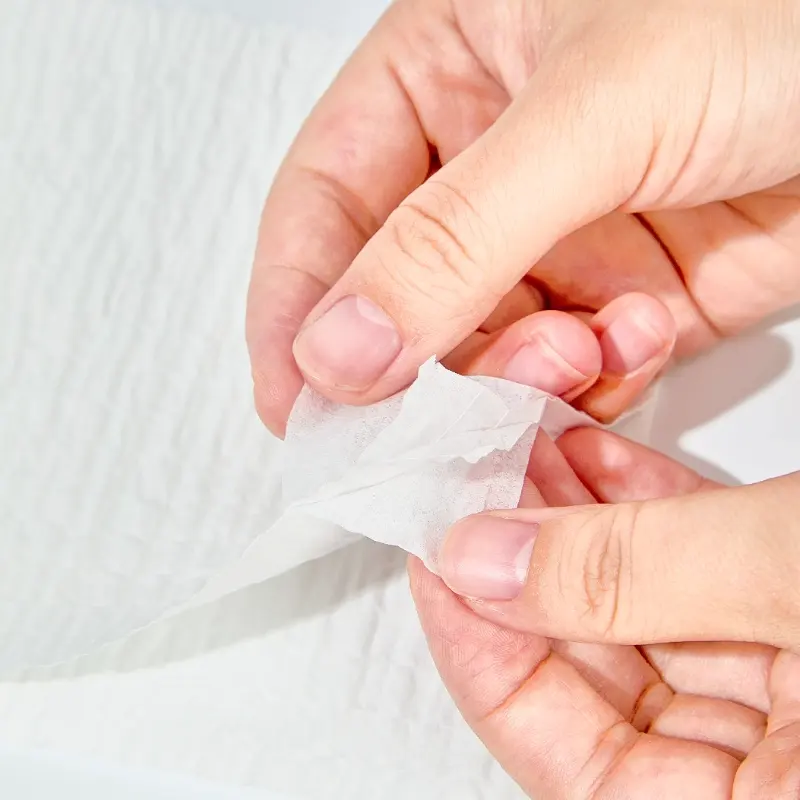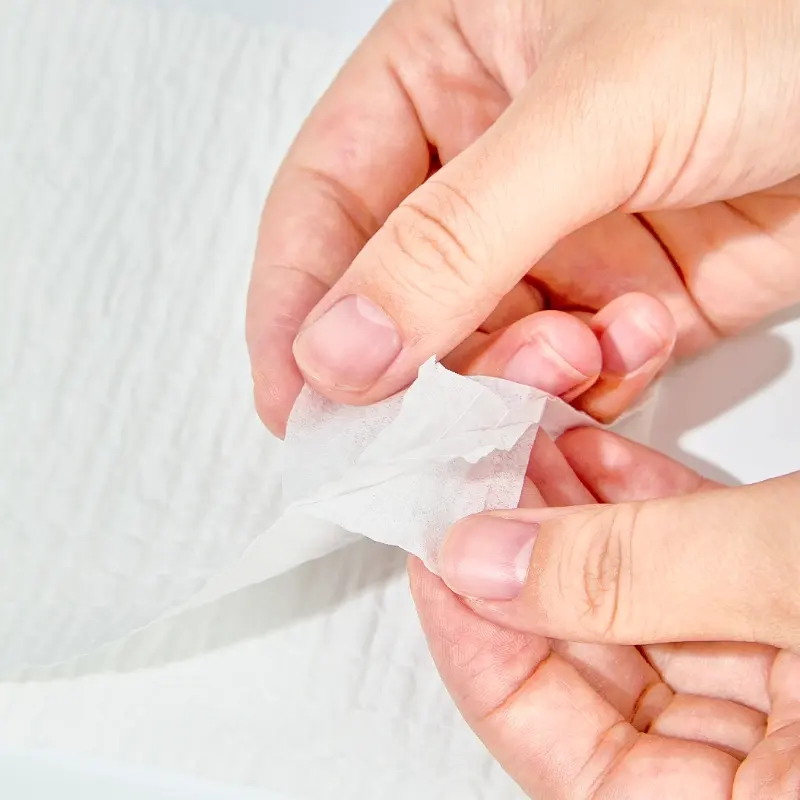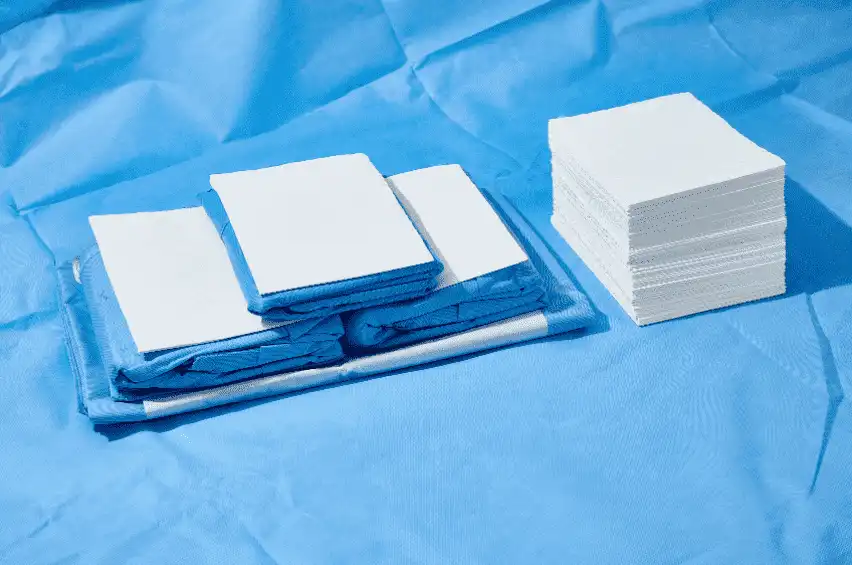ATCERA Alumina Rods: High-Performance Solutions for Industrial Applications
In the modern industrial field, the performance of materials is directly related to the efficiency and life of equipment. ATCERA alumina rods, with their unique physical and chemical properties, have become a star material in many high-tech and industrial applications. Composed mainly of high purity aluminum oxide (Al₂O₃), ATCERA alumina rods exhibit unmatched hardness, thermal stability and porous structure, providing an ideal solution for high temperature operations, wear-resistant components and efficient separation technologies.
ATCERA Alumina Rods: Unmatched Hardness and Wear Resistance
The primary characteristic of ATCERA alumina rods is their excellent hardness, which, as one of the hardest materials found in nature, ensures excellent wear resistance. In extreme wear environments, such as abrasive delivery systems or high-speed cutting tools, ATCERA alumina rods resist wear, maintain structural integrity and extend service life. This feature not only reduces maintenance costs, but also improves the overall operating efficiency of the equipment.
High Thermal Stability and Thermal Shock Resistance of ATCERA Alumina Rods
In high temperature industrial applications, the thermal stability of ATCERA alumina rods is particularly outstanding. It can withstand extremely high temperatures without loss of structural strength, making it an ideal choice for key components such as kiln appliances and high-temperature furnace insulation. In addition, its excellent thermal shock resistance enables the alumina rod to maintain no deformation and no cracking in the face of rapid temperature changes, which is undoubtedly an important guarantee for extending the service life and ensuring operation safety for industrial equipment that needs to operate stably in extreme thermal environments.
Porous Structure of ATCERA Alumina Rods for Efficient Fluid and Catalytic Applications
The porous structure of ATCERA alumina rods is another highlight. These interconnected pores not only promote the efficient flow of gases and liquids, making alumina rods the preferred material in filtration and separation processes, but also greatly increase the surface area and facilitate catalytic reactions in chemical processes. By precisely controlling the porosity in the manufacturing process, engineers can optimize the performance of alumina rods for specific applications, which opens up a wider range of potential applications in fields as diverse as environmental purification and petrochemicals.
In conclusion, ATCERA alumina rods show exceptional application value in many industrial fields due to their excellent hardness, high thermal stability, thermal shock resistance and adjustable porous structure. From improving equipment durability to optimizing processes, ATCERA alumina rods are not only an outstanding achievement in materials science, but also a powerful driving force for industrial innovation and development. In the future, with the continuous progress of materials science and manufacturing technology, ATCERA will continue to lead the application of alumina materials in a wider range of fields and contribute to the global industrial upgrading.



















